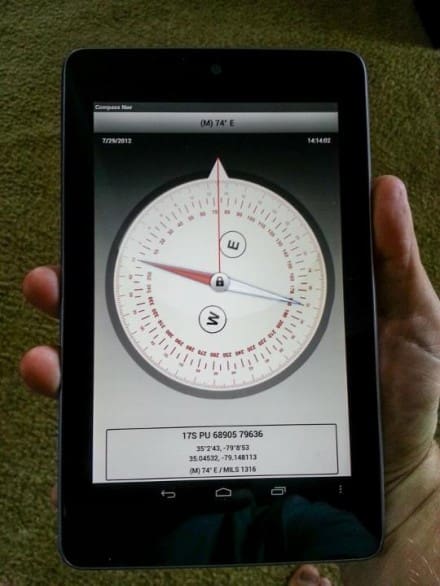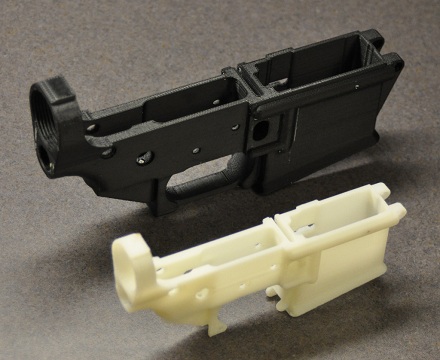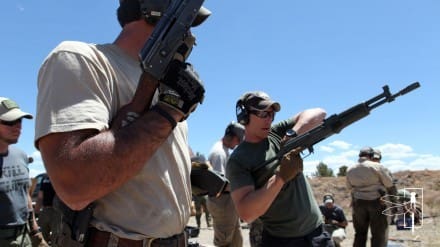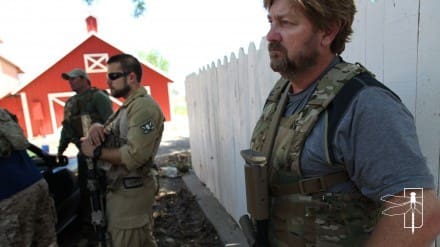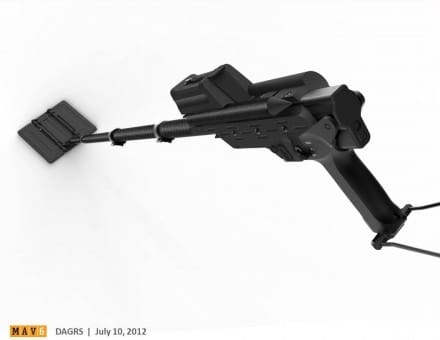Vltor has done something very interesting. Not only have they developed a new accessory attachment system for small arms but they’ve offered up the TDP for use by all.
Oddly enough, I feel like I’ve seen this before. It feels like PCAPS was channeled in the design and I recall a similar system under development by the same folks working on the domestic K2 weapon system about 5 years ago or so. Additionally, designer Eric Kincel admits that he ran across a similar system under development by Accuracy International. While I can’t attest to individual dimensions, conceptually, it’s not new. The underlying difference here is that Kincel has a patent and has very smartly placed it in the public domain.
With Picatinny (Mil Std 1913) as the current industry standard, it’s going to be a steep uphill battle to get anyone to adopt a new system if it’s proprietary to just one company, no matter how good it is. If you can get everyone to start building to it, you can really affect the market. Naturally, the KM system will be backward compatible as it accepts Picatinny rail modules.
It’s also important to note that Noveske introduced the NSR handguard at SHOT Show incorporating this technology, so it’s already in use.
It remains to be seen if this will be a disruptive technology or not, but the very manner which it was released puts it on my watch list.
Finally, I want to thank Military Morons for staying on top of this since SHOT Show and releasing this info. Below is Vltor’s statement.

To the Firearm Industry and Shooting Public,
Introducing the Vltor KeyMod system.
The concept has been bouncing around in my mind (and the Vltor offices) for a few years now and it’s finally become reality. I first introduced the KeyMod Tech data package to friends in the community, starting with Noveske Rifleworks.
The design is nothing major or earth shattering, it’s just something I thought was needed for the industry. My goal is for the industry to make this system a standard; working in parallel with the Picatinny rail; not replacing it. I’m not taking credit for coming up with this “keyhole” design, because I found out a year and a half ago that Accuracy International was working on a similar program. Also, it’s hard to take credit for a design that’s been around for 100+ years, i.e. warehouse shelving, scaffolding, etc.. Plus, with close examination of the A.I. key slot design, there are a number of improvements that the KeyMod covered and improved upon.
The main difference is in the mounting and re-zeroing capabilities of the component. In addition, A.I.’s design was never taken into consideration for counter-recoil but recoil only.
With this official introduction, I’m releasing the prints (shown below) to the firearm industry, so fellow companies can develop their own rail systems/platforms utilizing the KeyMod configuration. I added a sample component print (4-inch rail section) showing the mating interface to the outside of the platform surface. I also included a picture of the accessory nut that interfaces/ indexes to the chamfered surface on the backside of the platform. Please note the nut has a counter bore, so the mating screw can be distorted at the tip. The thread distortion will stop the screw from backing out, making the accessory a self contained, self centering, “drop and slide” mounting component. As you can imagine, there are a number of companies that are already developing and/or manufacturing components that mount directly to the slots. For example, Noveske and I are making our own rail panels, to work with “our” platform requirements. Other items being developed are VFGs, handstops, bipods, light, sight and sling mounts. The possibilities are endless.
In all, I see this design as being a viable solution to limit the use of the aging “cheese grater” Picatinny Rail and/or multiple mounting points, which require threads, Helicoils and thread inserts. It is time to move on and I think the industry is ready for it.
With the amount of enthusiasm I’ve seen so far, I think there will be a lot of fresh ideas for both the rail system and accessory world. There’s more than enough market for all of us to benefit from this KeyMod system, which is why Vltor is releasing the Data Pack into the public domain. Any manufacturer is free to use the Data Package for manufacturing their own Keymod handguards or related mounting accessories without needing consent from Vltor.
If I can help in any way with this project, please feel free to contact me.
Take care, I hope to hear from you soon.
Eric S. Kincel
General Manager
Vltor Weapon Systems
Key Mod DIMS


